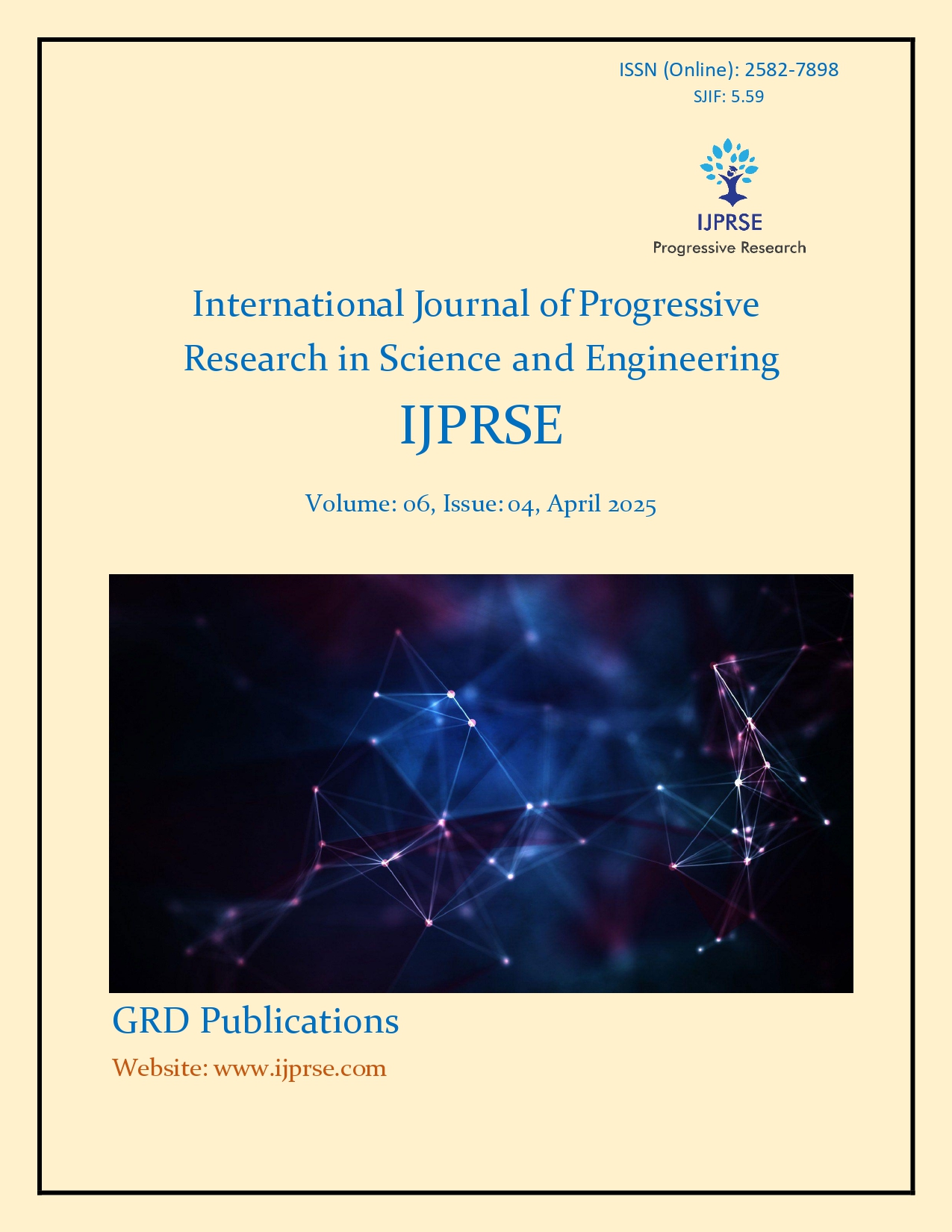Design and Flight Dynamics of an Agricultural Pesticide-Spraying Hexacopter: Revolutionizing Crop Protection in Agricultural Fields
Keywords:
agricultural pesticide spraying drone, crop protection, hexacopter, flight dynamics.Abstract
The study focuses on the design of six-rotor agricultural pesticide spraying drone or also known as hexacopter with the maximum savings potential and develop effective agricultural device that will benefit the farmers. As the agricultural industry continues to grow due to the improvement of crop production and technology, more challenges now come up in terms of improving the existing level of development and agricultural transformation. Thus, pesticide drone sprayer is designed to enable substantial energy savings. The drone sprayer is powered by 22000 mAh Lithium polymer battery with 6 motors and propellers that can last up to for about 24 minutes for a maximum payload capacity of 24.6 kg. The designed drone uses 6 standard flat fan nozzles, 70 mm diameter with an average spraying heigh of 3.5 meters. Simulation process is presented to determine the performance of spraying system and efficiency of drone sprayer using virtual model and mathematical computations. Drone sprayer has better performance compared to conventional sprayer by maximizing the time, energy and volume of liquid consumed pert hour of operation. Drone spraying reduces operator exposure to chemicals, direct sun light and other crops disturbances. However, the test will provide a baseline profile for further modifications to improve the efficiency of the drone system.
Downloads
Downloads
Published
How to Cite
Issue
Section
License
Copyright (c) 2025 Lovely Faith P. Cantor, Disney M. Otoman, Dale Mark N. Bristol, Jeanelyn R. Tominez

This work is licensed under a Creative Commons Attribution-NonCommercial 4.0 International License.


